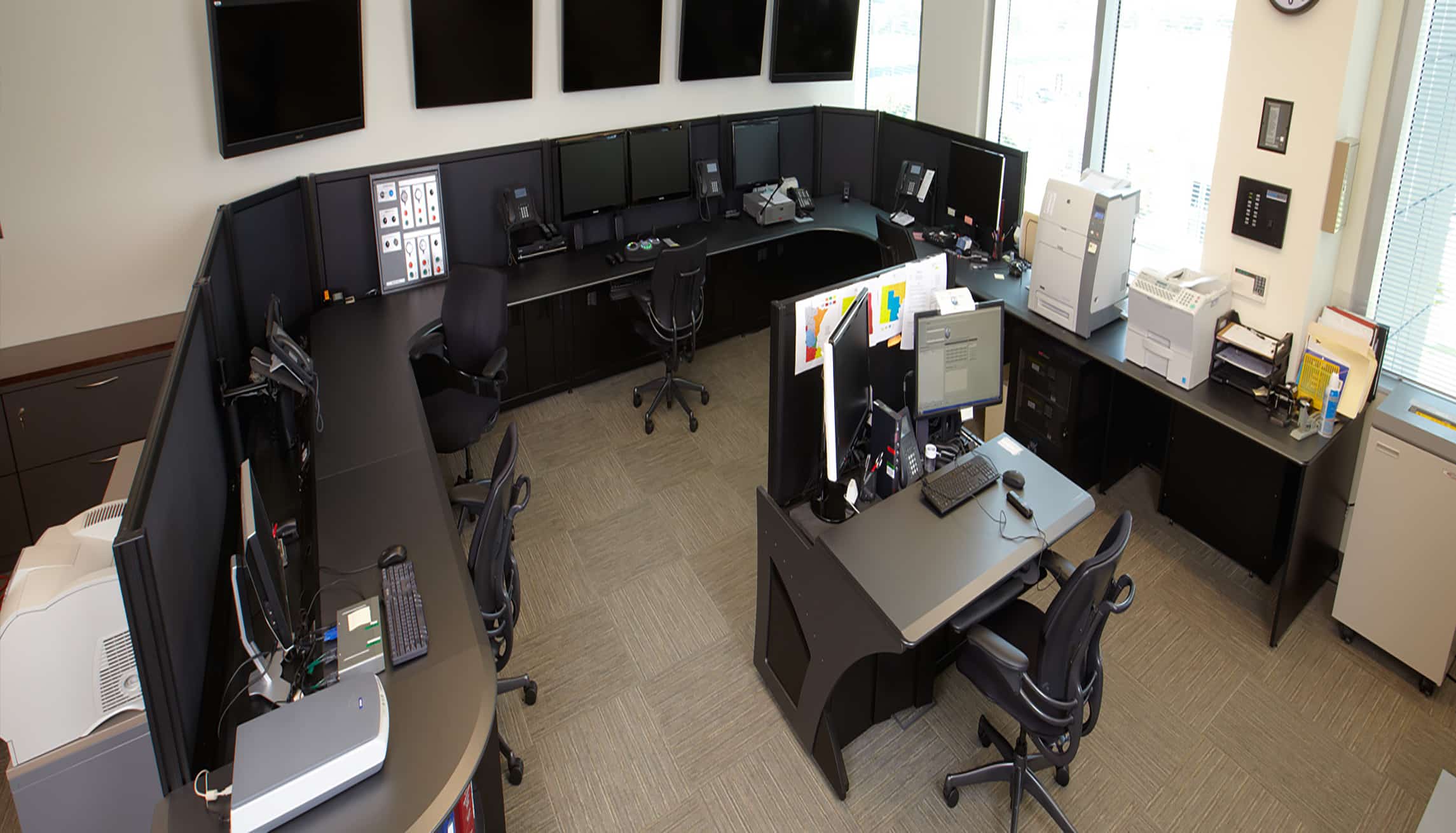
FBI’S MINNEAPOLIS DIVISION SETS ITS SIGHTS ON THE FUTURE IN NEW FIELD OFFICE
The Federal Bureau of Investigation (FBI) operates 56 field offices in major metropolitan areas throughout the United Sates and Puerto Rico. The heart of the bureau’s investigative and intelligence operations are carried out in these field offices. Each field office is overseen by a special agent in charge and is staffed by special agents as well as a variety of specialized professionals such as intelligence and financial analysts, investigative specialists, support services technicians, language specialists, paralegals, electronics technicians, and security experts.
The Minneapolis field office oversees FBI operations in a geographic region that includes Minnesota, North Dakota and South Dakota. The division’s specialized capabilities include evidence recovery and processing, computer forensics, bomb recovery and analysis, hazardous materials, translation, and victim assistance. Recently, the Minneapolis field office moved from its longtime location in downtown Minneapolis to a newly constructed, 8-½ acre complex in the northern suburb of Brooklyn Center.
The new three-building complex includes a five-story office building, a 200-car parking structure, and an annex for servicing the agency’s vehicle fleet. At 150,000 square feet, the complex more than doubles the space of the bureau’s previous headquarters.
The new Minneapolis field office is one of 35 new field offices the bureau initiated after the Sept. 11, 2001 terrorist attacks. The construction of the stand-alone complex follows a trend of moving FBI and other federal law enforcement agencies out of multi-tenant buildings.
The state-of-the-art building incorporates all the safety and security features one would expect to find in such a crucial part of national security infrastructure, from blast-proof glass to closed circuit-television surveillance to Sensitive Compartmented Information Facilities (SCIF) to private conference areas with radio frequency shielding to prevent transmissions in or out.
A cornerstone of the new field office is a 24/7 operations center that serves as the nerve center for every investigation in which the Minneapolis division is involved. From communications to surveillance to intelligence gathering and analysis, agents working in the operations center perform all immediate need functions.
This represents a significant shift in standard practice for the Minneapolis field office. Previously, agents were trained for specific functions and depending on their roles did not work in close proximity to each other. The operations center in the new field office brings all ops center functions together in one room and every agent that staffs it is cross-trained to perform each of the necessary functions. “The new operations center will allow us to do all of these functions with fewer people, providing greater tax payer value,” said Rick Thornton, assistant special agent in charge.
Operations center agents utilize a range of information technology and communication tools to support investigations locally and nationally. The centerpiece of the operations center is a console that ties all of the technology agents use to collect, analyze and share intelligence gathered during investigations to the agents themselves, the people that work to protect the nation from a range of security threats and major crimes.
Because the operations center will be a focal point for high-level visitors to the Minneapolis field office, bureau staff didn’t want to sacrifice form for function when selecting a console. In this case, the FBI chose a console designed and manufactured by Winsted Corporation, a Minnesota company that specializes in ergonomic console solutions for demanding control room environments.
Radio, telecommunications, video surveillance and alarm monitoring come together in a single command center console designed to allow up to five operators to work simultaneously. Winsted’s Sight-Line Console in carbon/graphite provided a sleek, attractive solution that puts critical tools at agents’ fingertips. The console’s U-shaped design provides plenty of opportunity for agents to interact and collaborate.
CPUs and data storage are secured and hidden from view behind locking doors in the console base, but remain easily accessible to the bureau’s technicians for maintenance. Monitors and phone trays are mounted to the console using Winsted’s exclusive Versa-Trak monitor mounting system. This keeps equipment off of the durable TruForm work surface, leaving plenty of desktop workspace available for agents to complete paperwork or review documents.
Data and power connections are conveniently located at the back of the work surface for easy access. A large dual-cable raceway separates signal and power cords for enhanced protection and easier cable management. The switchboard for the Minneapolis field office is housed in a secondary Sight-Line console that is positioned within the “U” of the main console. This allows any agent working at the main console easy access to the switchboard as needed.
In addition to serving as the nerve center for all FBI investigations being conducted by the division, the operations center monitors security for the Minneapolis field office as well as dozens of remote locations in its jurisdiction.
While the operations center console represents a relatively small capital investment, it will provide significant gains in functionality and efficiency. Additionally, the modular design will allow the FBI to easily add equipment and workstations as the division grows.





